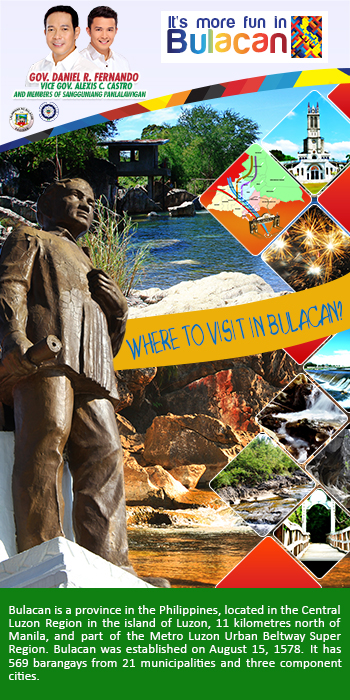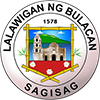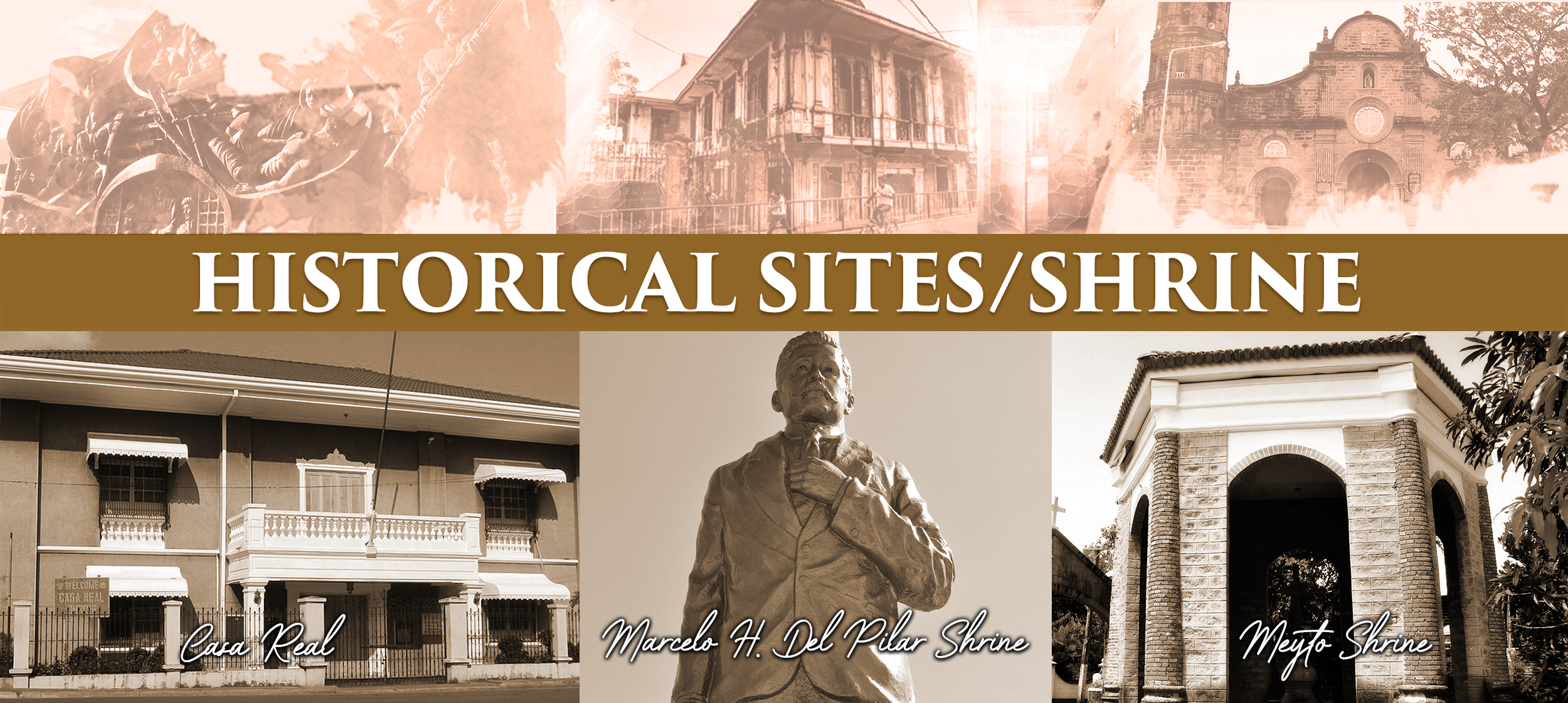Heritage Sites
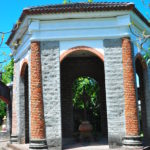
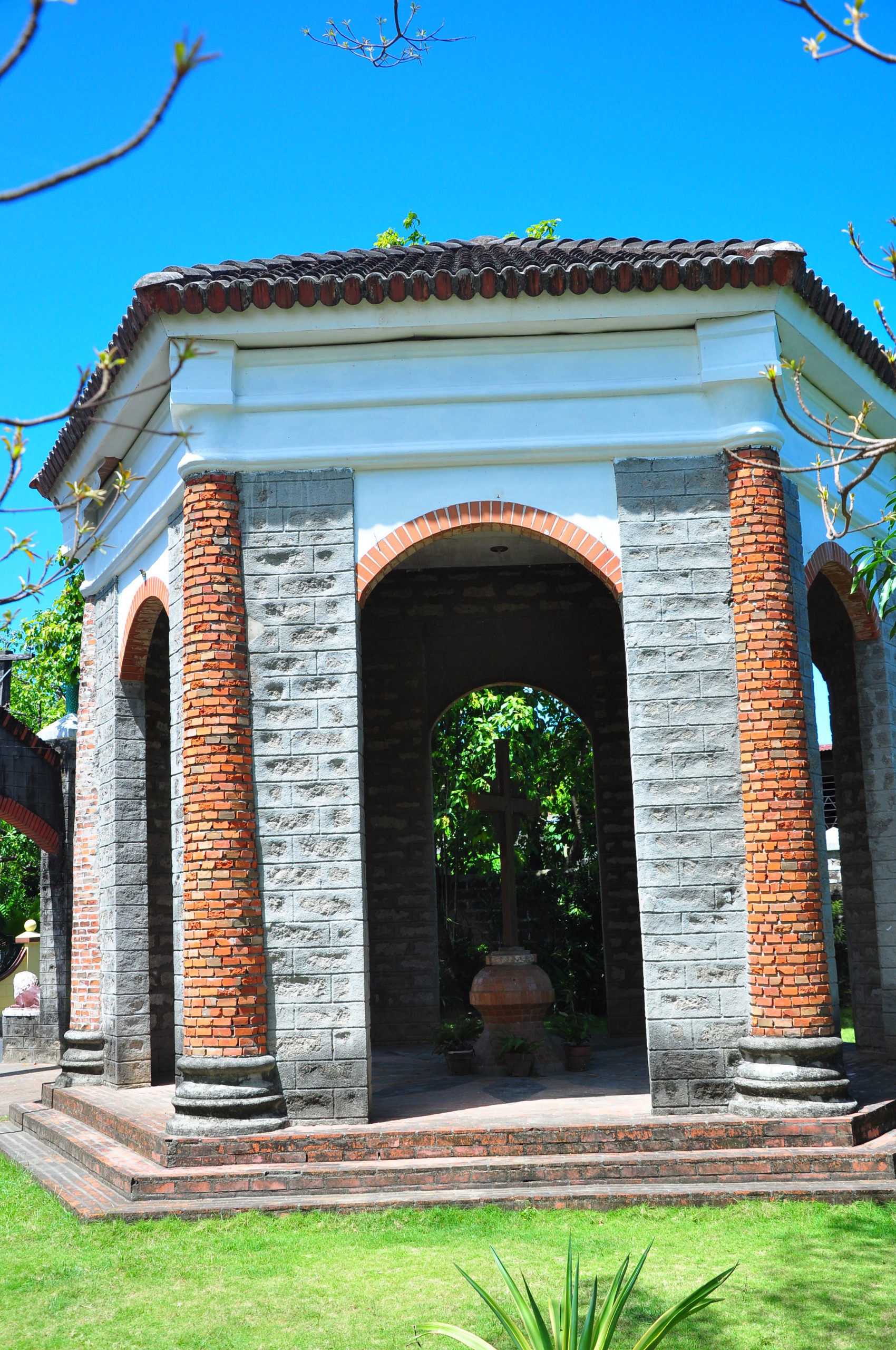
Meyto Shrine
This is the cradle of Christianity in the province, where the first Catholic Mass was held by the Augustinian friars, armed with cross in 1572.
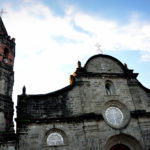
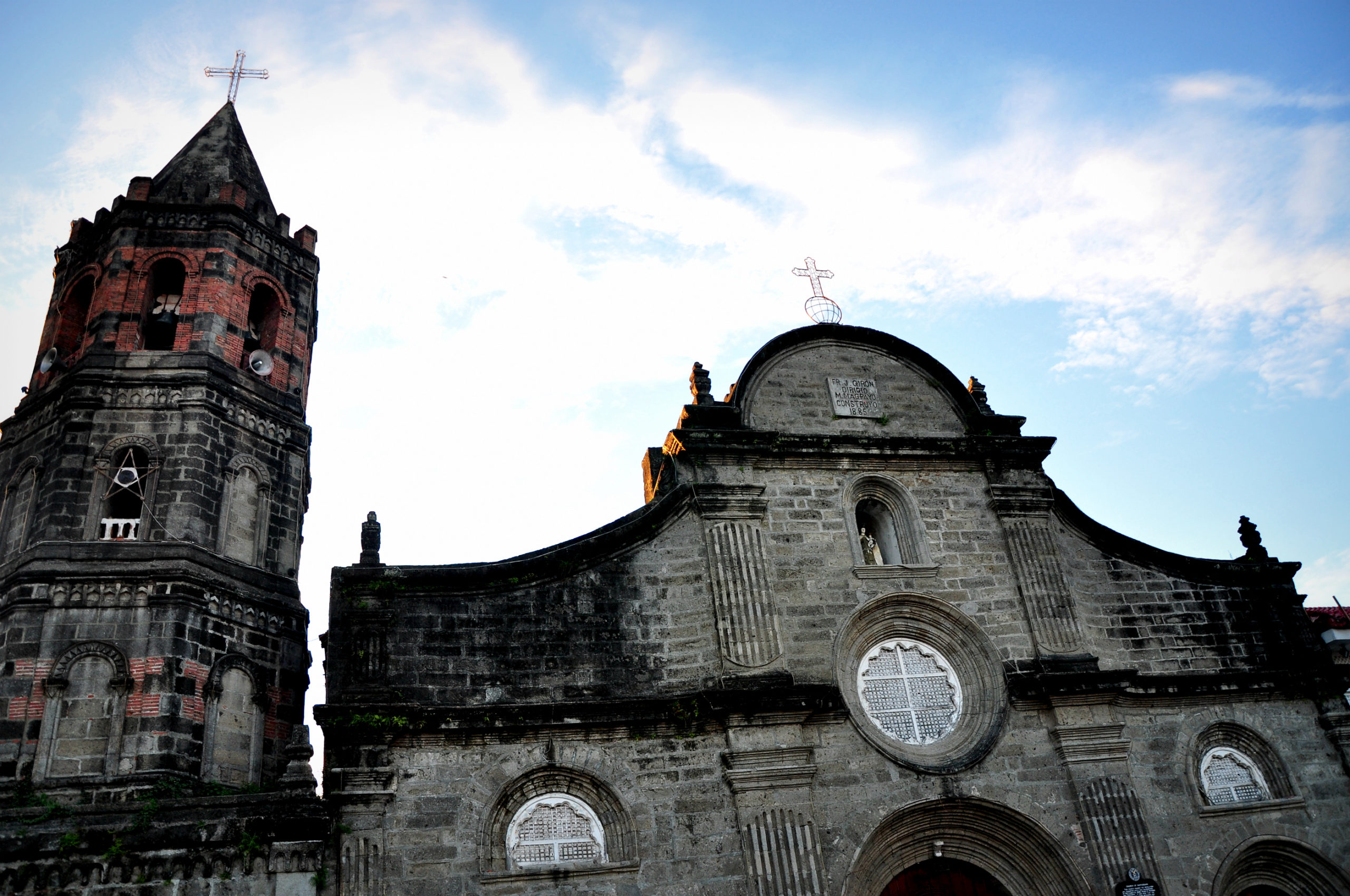
Barasoain Church
A national shrine, the historic Barasoain Church is the site of the Constitutional Convention of the first Philippine Republic, making the Philippines the very first Asian Government to promulgate a Constitution. It was the Seat of the First Philippine Republic on Sept. 15, 1898 to the last week of Feb. 1899 under the presidency of Pedro Paterno. In its convent the Universidad Literaria Cientifica de Filipinas was first housed. It also boasts of a light and sound museum under the management of National Historical Institute.
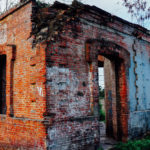
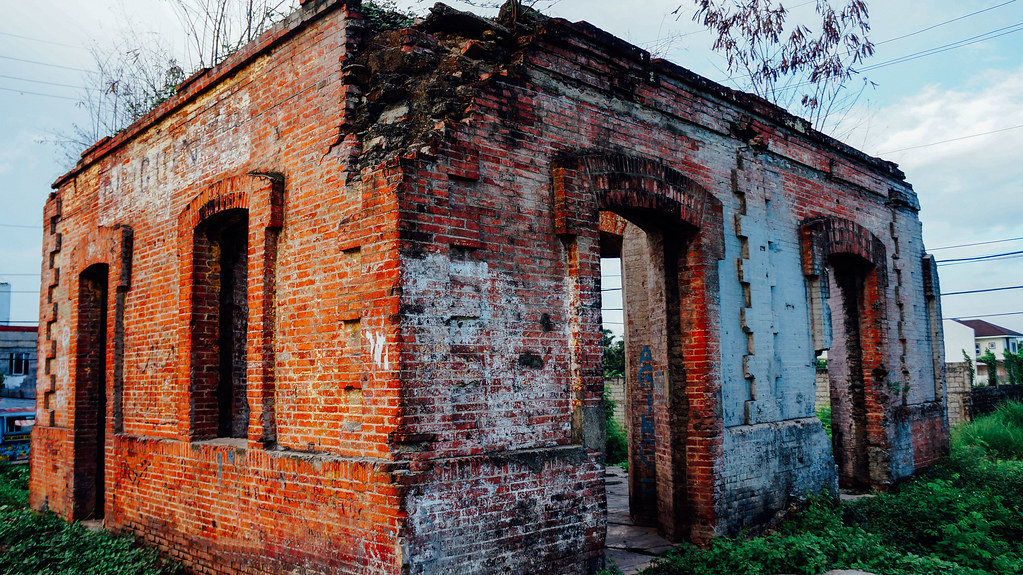
Old Train Station
Built sometime in 1896, the Estacion de Guiguinto (Guiguinto Old Train Station) of the Philippine National Railways is the town's most acclaimed historical landmark and heritage site. It was upon this site that around 200 Katipuneros fought for the cause of Filipino freedom led by Capt. Inocencio Tolentino. They ambushed a group of Spaniards on the night of 27 May 1898, including the parish friar of Guiguinto, Fr. Leocadio Sanchez, who brought cruelty to the natives in his regime. The incident inspired Severino Reyes to author one of the most famous zarzuela in the country "Walang Sugat" which was later made into a movie in 1939 and 1957.
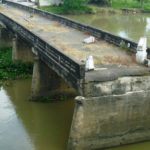
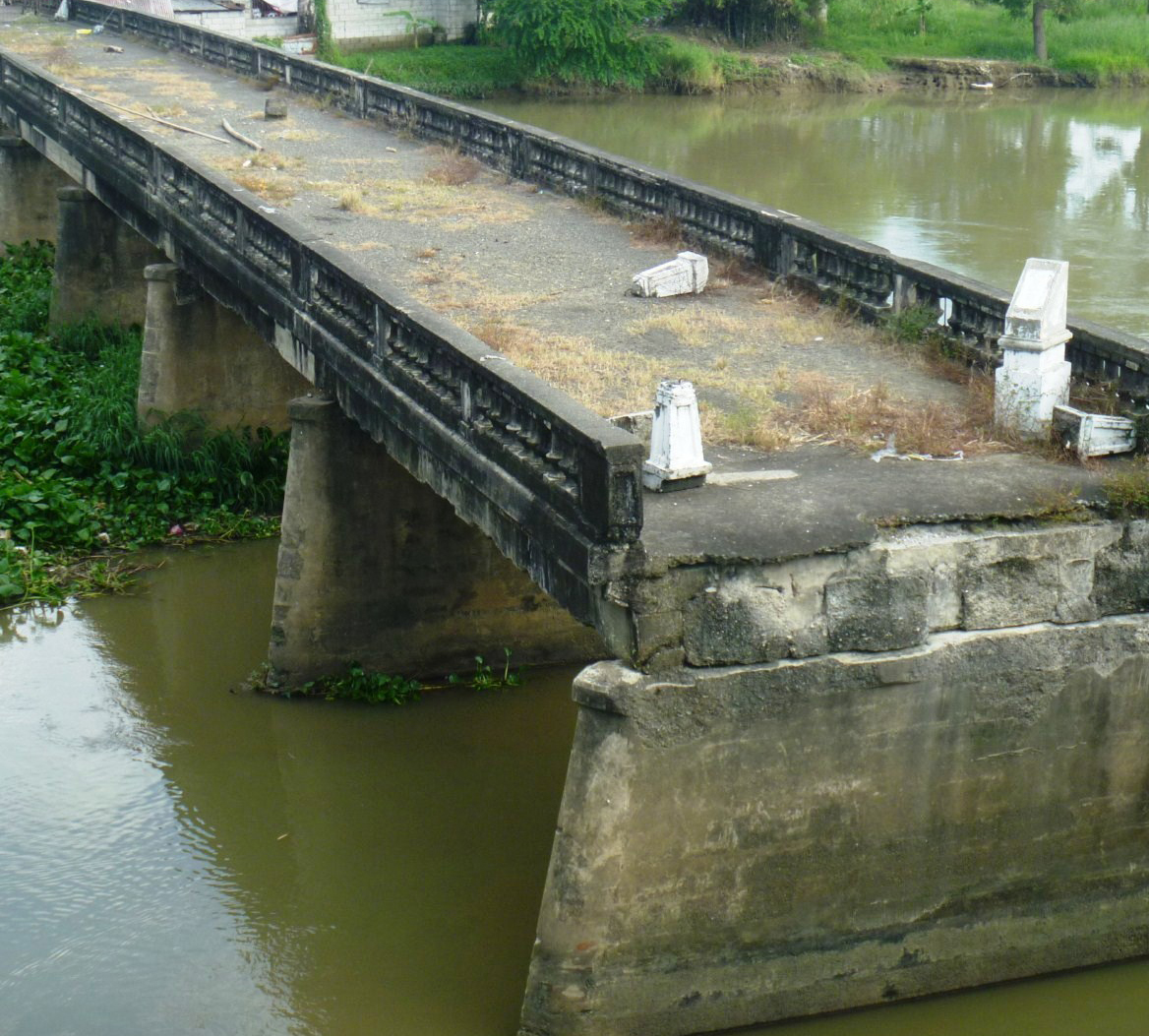
Bagbag Bridge
Site of the longest battle between the Americans and Filipinos led by General Gregorio del Pilar which took place in April 25, 1899. The bridge now standing serves as a reminder of the valor displayed by the Filipino who triumphed against the American forces.
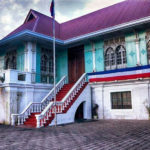
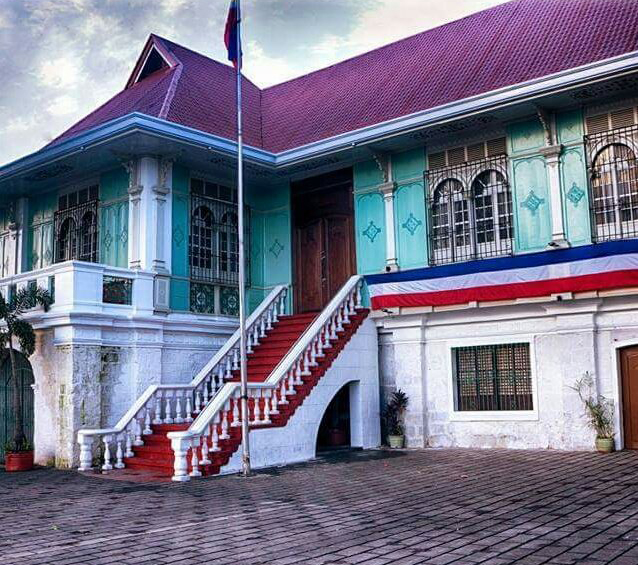
Baliuag Museum
It is the town’s center for historical and cultural heritage.
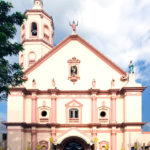
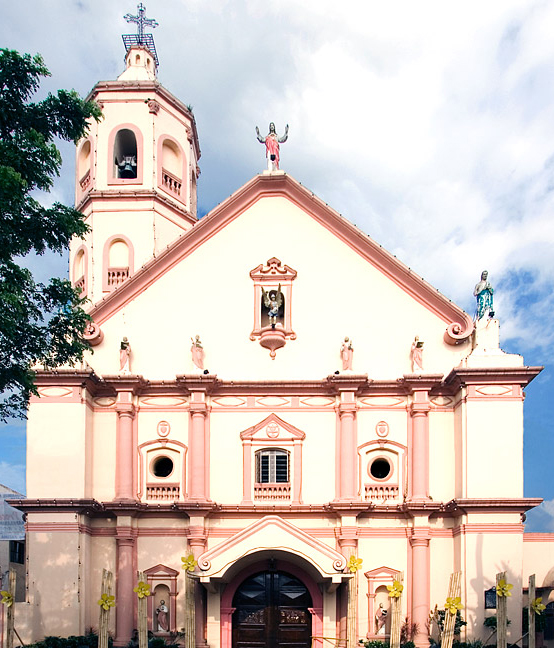
Marilao Catholic Church
17th century Roman Catholic Church.
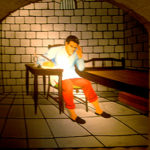
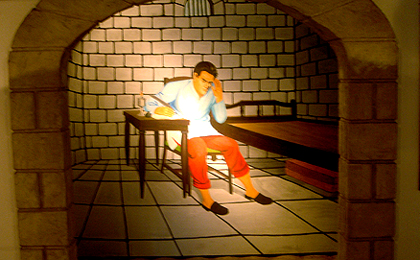
Francisco Balagtas Museum
The monument was built in honor of Francisco “Baltazar” Balagtas, Father of tagalog poetry, author of the popular masterpiece “Florante at Laura.”
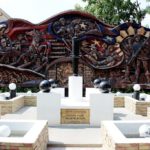
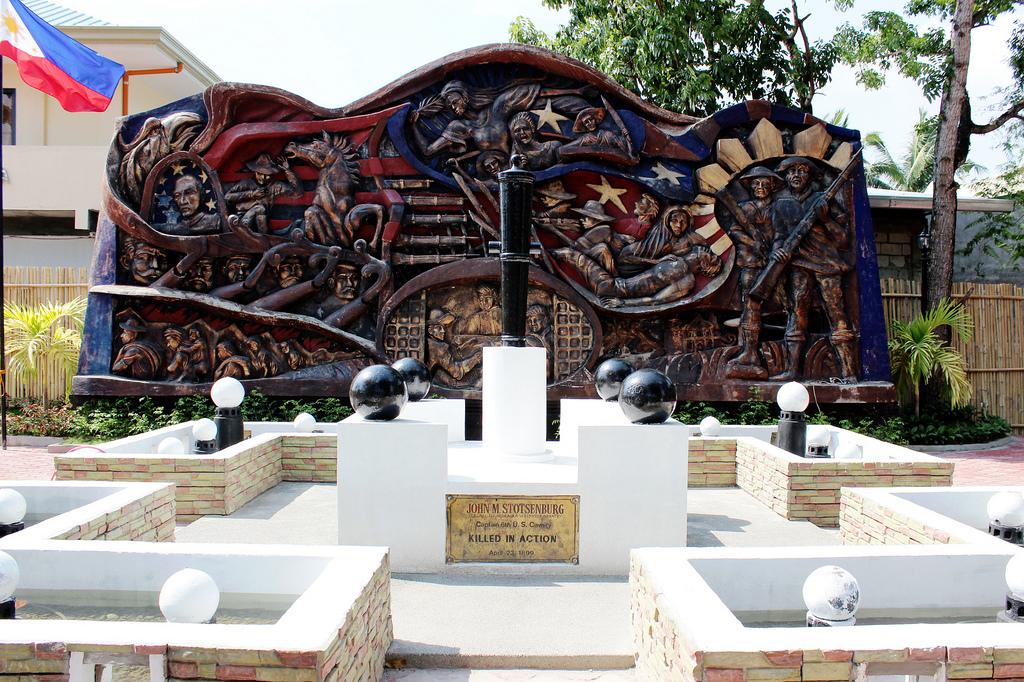
Battle of Quingua
Filipinos are well-known to be courageous and freedom lovers. The people of Plaridel are no exception. The marker commemorates the historic Battle of Quingua (Plaridel at present) where the Filipinos triumphed over the American forces in their fight for freedom. Likewise, it also commemorates the death of Col. John Stotsenberg—a prominent figure of the Philippine-American war.
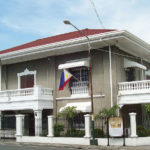
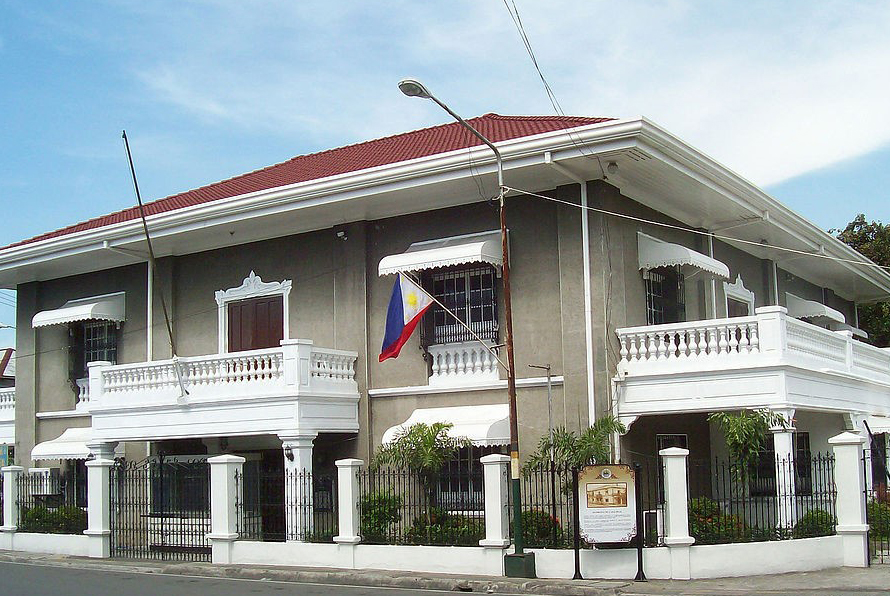
Casa Real Shrine
A printing press during the Malolos Republic, the Casa Real was restored in 1852 and converted into a municipal library. It is now a museum under the management of the National Historical Institute and serves as the final repository of still existing memorabilia.
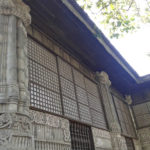
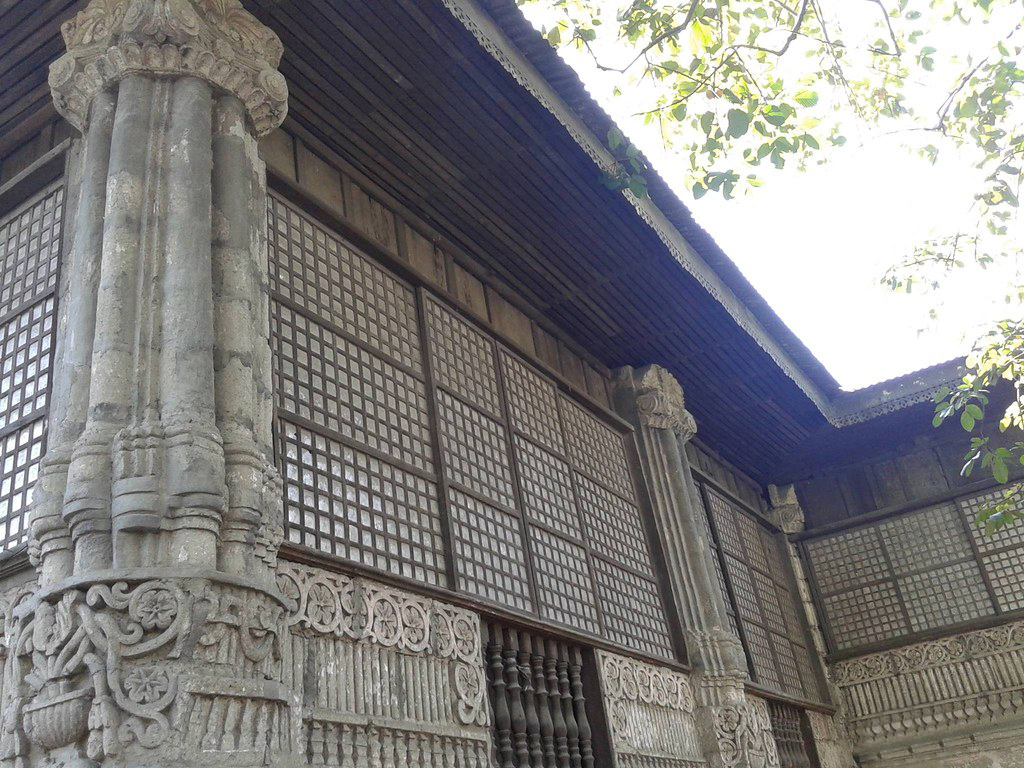
Mercado House
One of the several houses used as a fort by the Katipuneros, boasts of unique architectural designs of stone carvings on facade and walls, a masterpiece of Bulacan artisans.
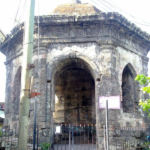
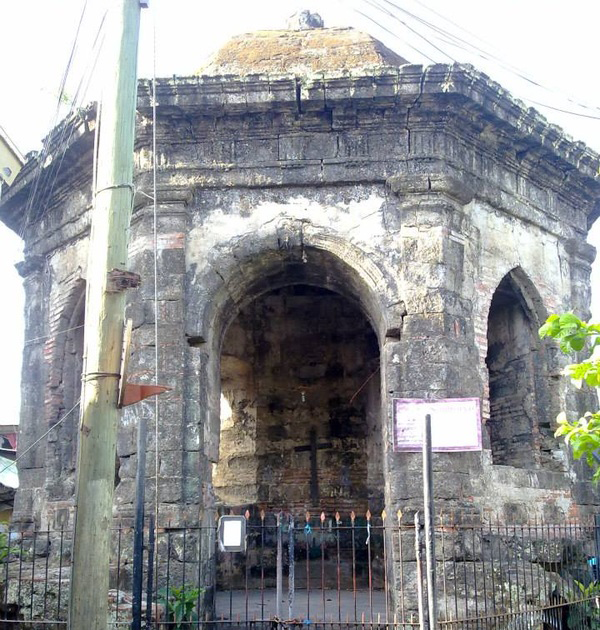
Simborio Chapel
One of the town’s major attractions is the Simborio Chapel. One of the oldest existing structure from the Spanish era, believed to have been constructed in the 1800s, is said to have been greatly unique from other similar structures because of its remarkably rather low height or elevation.
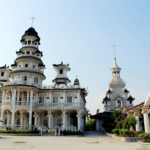

Shrine of Saint Andrew Kim
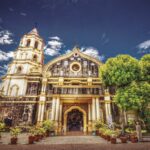
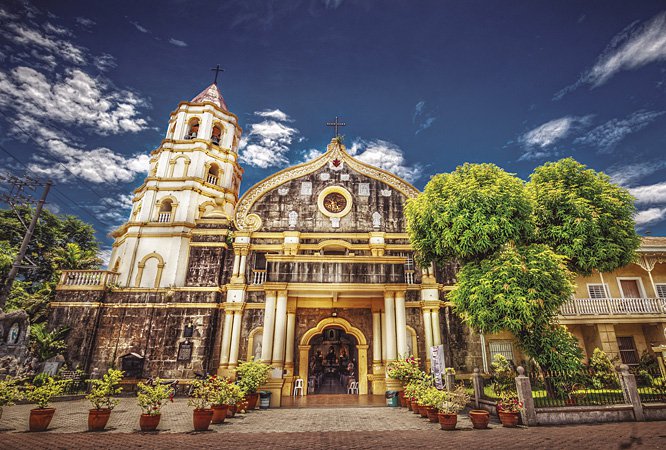
Plaridel Catholic Church
A 400-year old Parish Church.
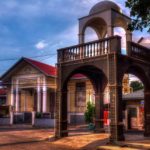
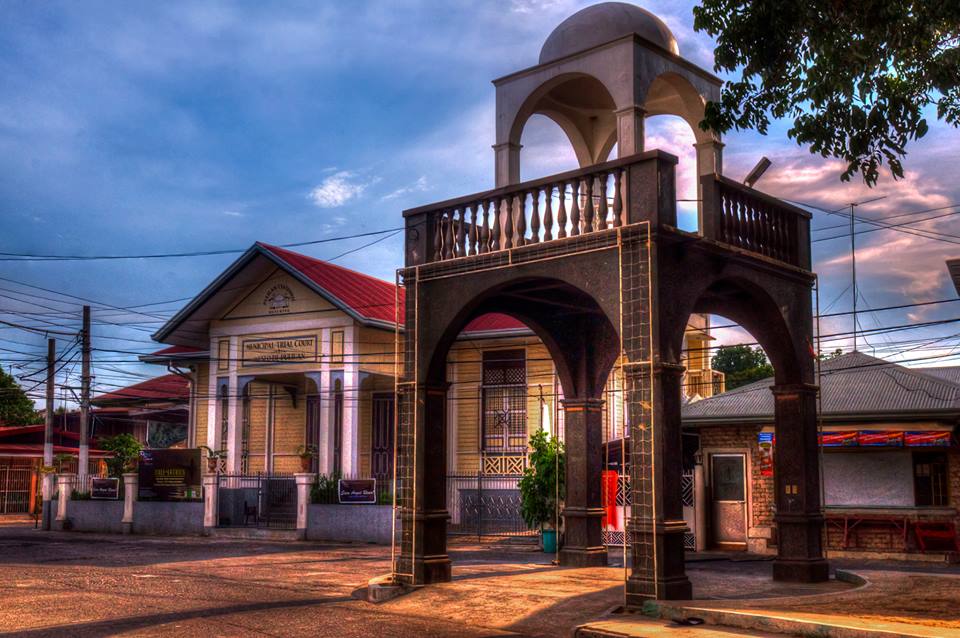
Museo San Ysidro De Pulilan
St. John the Baptist Church
Built in 1572, the St. John the Baptist Church is the oldest church in Bulacan. Constructed under the supervision of Augustinian priest Fr. Diego Vivar-Ordoñez, the church had been witness to the Filipino’s struggle against Spanish, American and Japanese rule. Inside the church is a tunnel that, according to history, was used by priests during the Spanish regime to keep gold, religious statues, and ornate jewelry hidden from the sight of treasure hunters. Likewise, it is in this tunnel where revolutionaries and Spaniards were buried during the war. This was also Gen. Tanaka’s (Japanese Imperial Army) last battlefield.
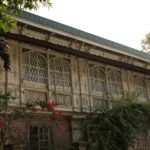
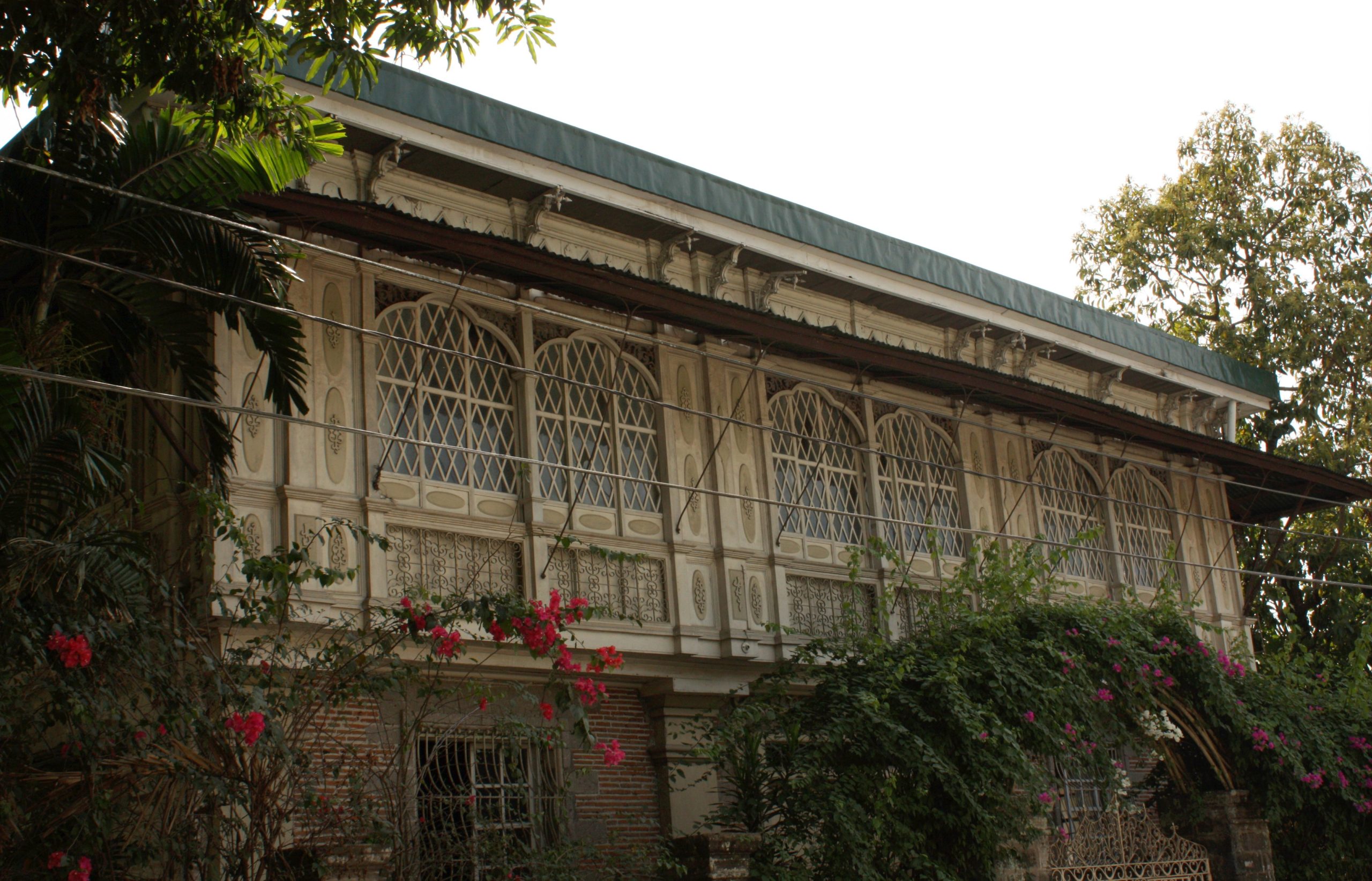
Tecson House
Three sons of original owners were all officers of the revolutionary army of Gen. Emilio Aguinaldo. For sometime, this house was used as the headquarters of Aguinaldo. The house is now owned by Mr. and Mrs. Cenen Mendiola. Simon Tecson is the Original Owner.


Enriquez Ancestral House
Constructed during the 1850s, it is one of the ancestral houses found in San Jose, Bulacan, Bulacan. Some of the documents of Marcelo H. del Pilar were found in this house. It houses a museum of rare antiques and historical artifacts. It is presently owned by acclaimed Filipino food historian Milagros Enriquez.
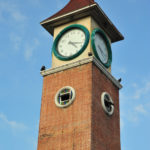
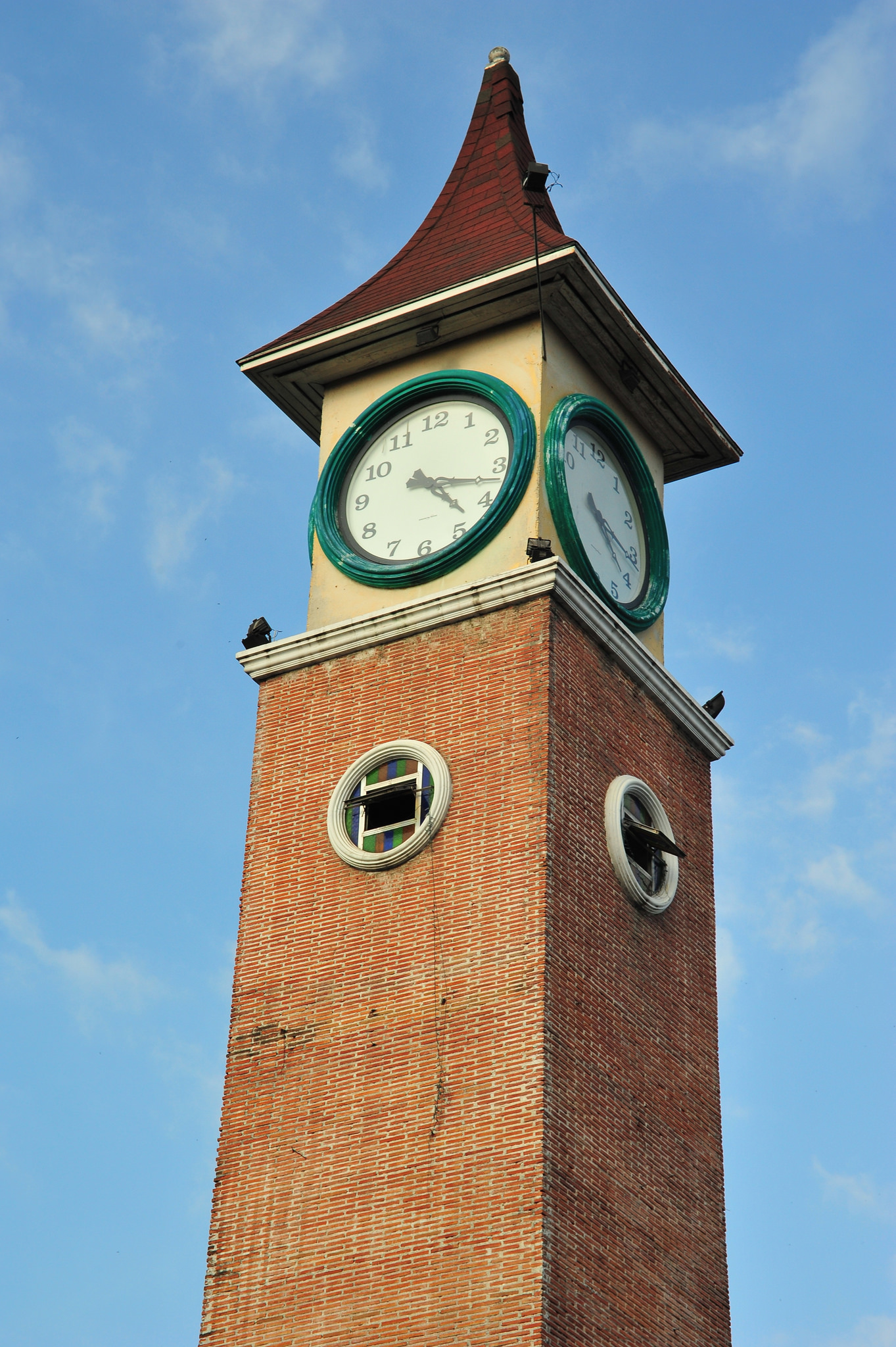
Baliuag Clock Tower
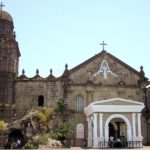
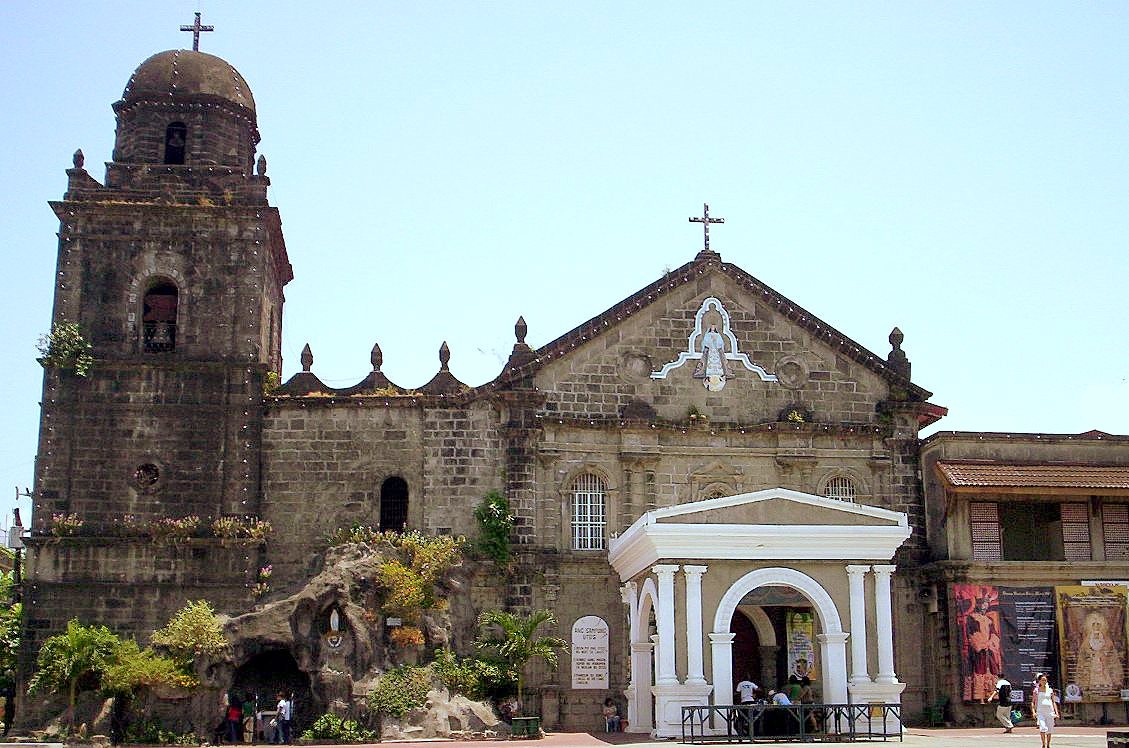
La Immaculada Conception Church
A 200 year old church.
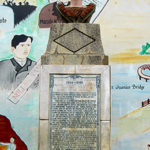
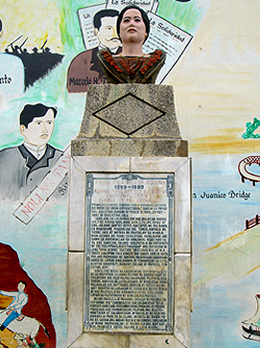
Francisca Reyes Aquino Shrine
Under the management of the National Historical Institute, this shrine was erected in honor of Francisca Reyes Aquino, the recipient of the National Artist Award for her significant contributions to the development of Philippine arts and to the cultural heritage of the country, particularly in the field of native dance.
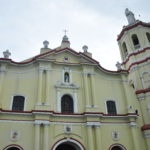
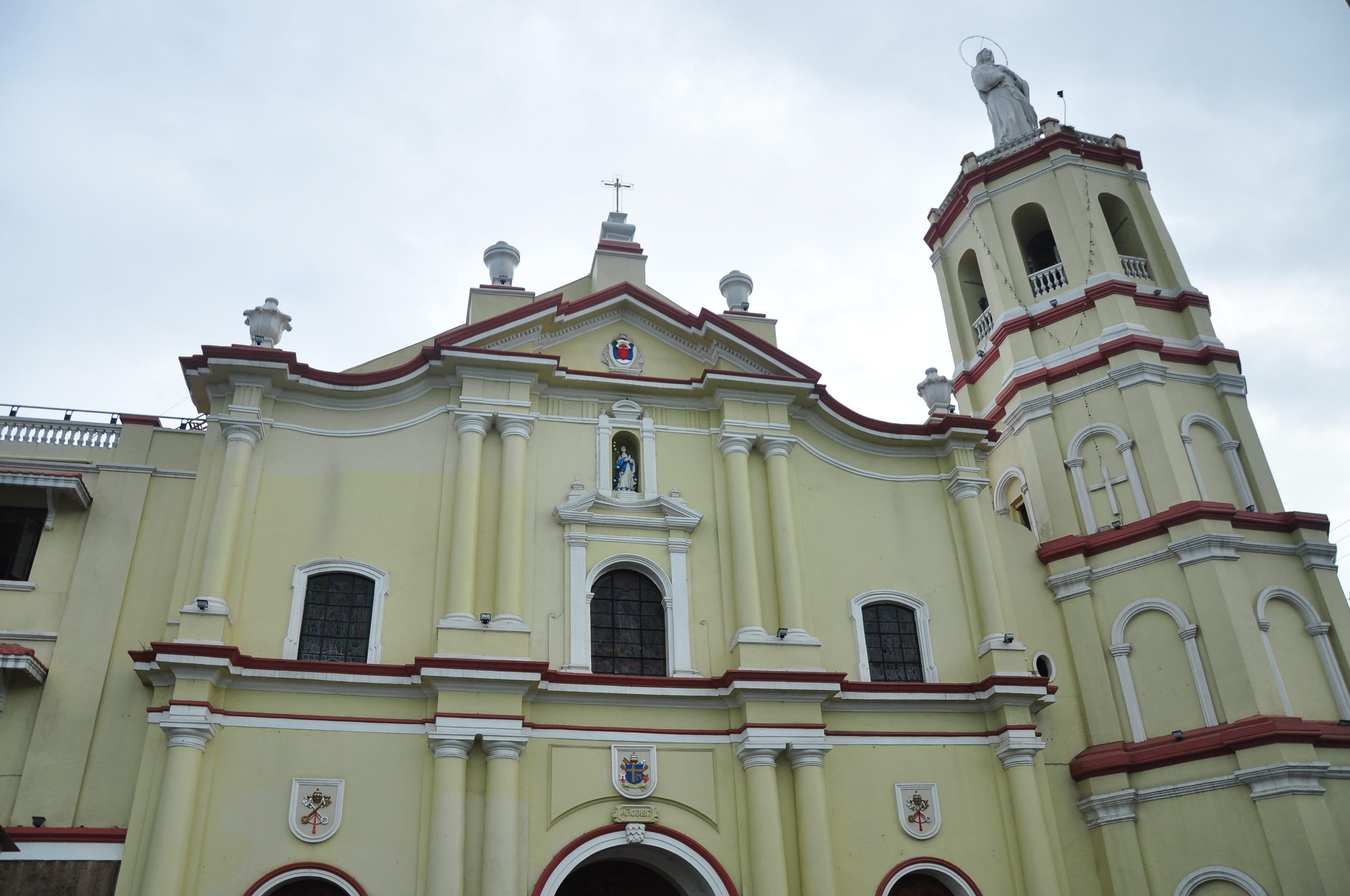
Basilica Minore De Immaculada conception
This historic church was in 1896 the seat of power of Gen. Emilio Aguinaldo—the first president of the Republic of the Philippines. Located in front of the Basilica Minore is a century-old tree known as the Kalayaan Tree (Tree of Freedom) which was planted by Pres. Aguinaldo during a lull in the historic Malolos Convention. It is presently the seat of the Diocese of Malolos, and has been the bastion of faith for the past centuries.
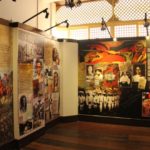
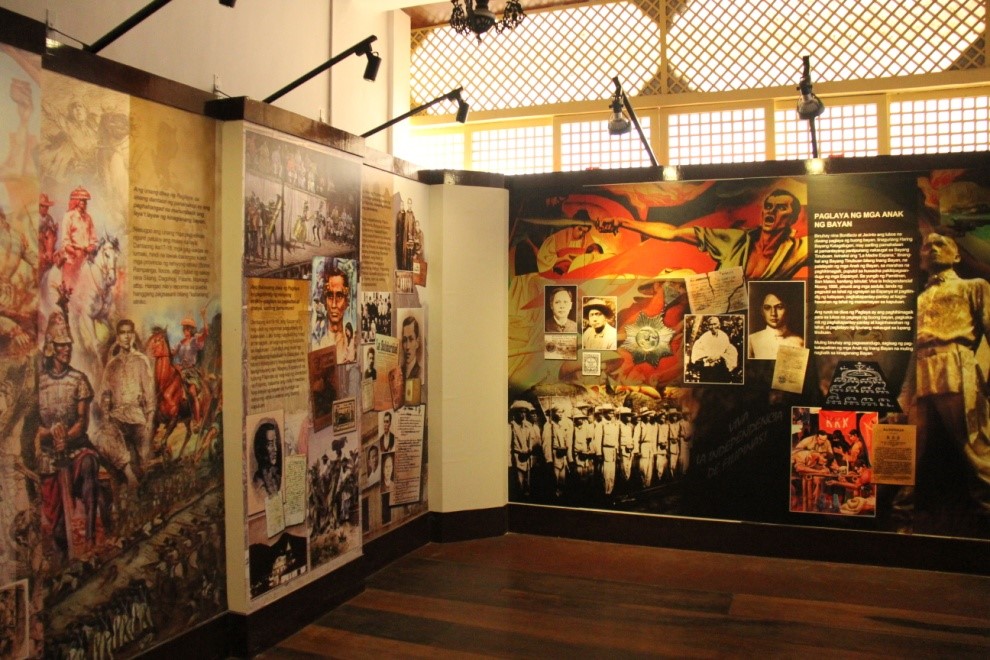
Bulacan Museum
The Museo ng Bulacan (Bulacan Museum) houses a collection of valuable relics and mementos, articles, documents and handicrafts of the Philippine revolution. Located in Malolos to promote the cultural heritage and tradition of the province. It is under the management of the Provincial Government of Bulacan.
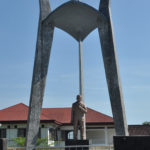
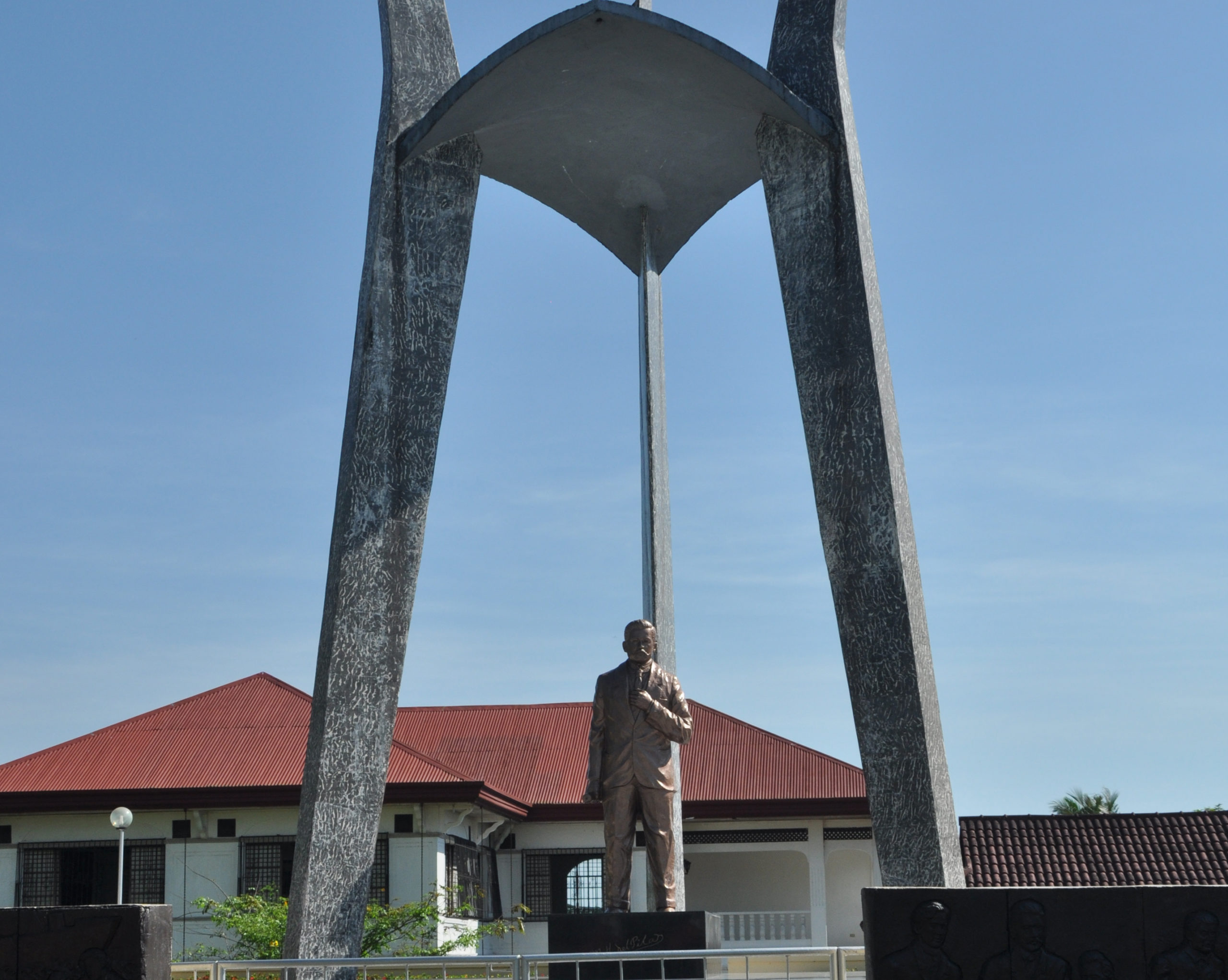
Marcelo H. Del Pilar Shrine
Marcelo H. del Pilar—patriot, writer, editor of the revolutionary paper La Solidaridad—is honored with this monument in Bulacan where he lived most of his life. The shrine is under the management of the National Historical Institute.
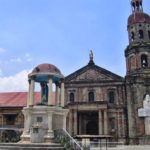
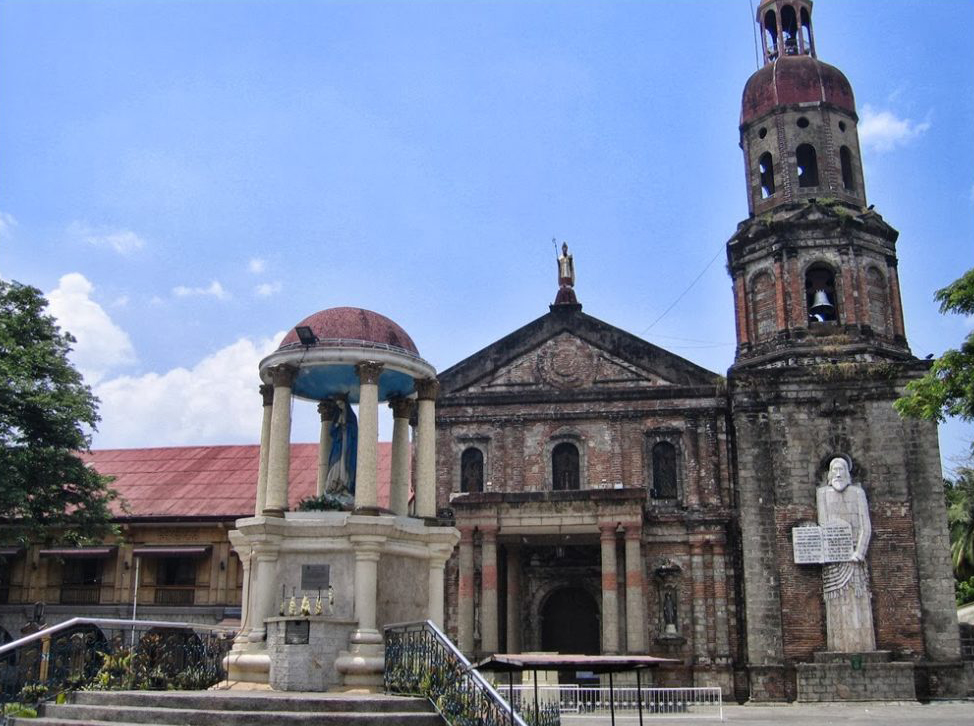
San Agustin Parish Church
Constructed between 1769 to 1774, the style of Baliuag church is Baroque as seen on the facade and interiors. Dramatic tension is created by the interplay of volumes and openings. The Practico is the latest addition which mars the complete layout of style.
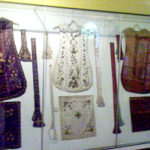
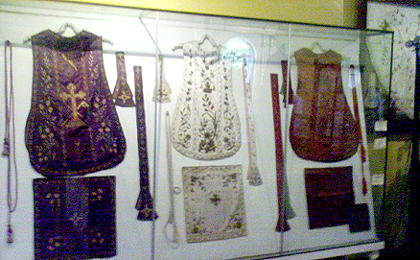
Barasoain Ecclesiastical Museum
A museum managed by National Historical Institute showcasing a collection of municipal antiques and priceless array of artifacts.
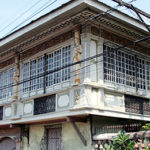
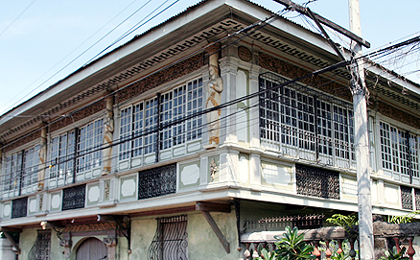
Bautista Mansion
Situated along the nostalgic Kamistisuhan Street, this ancestral mansion was visited by the national hero Dr. Jose Rizal to convince Triumvirate of the Ten Gentlemen of Malolos to join the La Liga Filipina.


